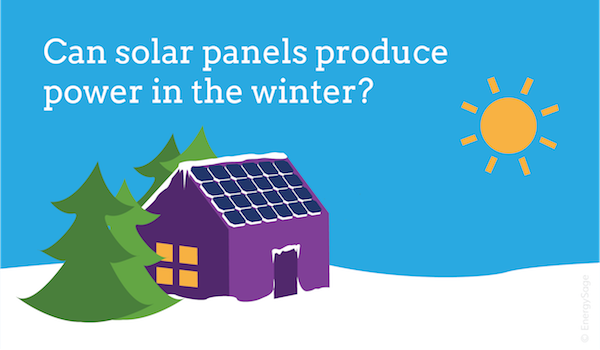There are several options for homeowners who have snow on their solar panels.
Does snow stick to solar panels.
Solar panel performance in the snow.
Most panels are tilted at an angle so snow will slide off on its own accord but that can take time.
Most solar panels are installed at an angle and face the sun which helps the panels to absorb solar energy.
Wait for the snow to melt.
Panels retain warmth and are often installed at an angle so when the storm blows over even heavy snow slides rights off.
Snow doesn t stick to panels for long in order to maximize sun exposure solar arrays are mounted at an angle.
This also means that when the sun rises the snow can easily melt and slide off.
Solar panels are usually installed at an angle which makes it easy for the snow to slide off.
It is important to note that snow guards may slightly increase the amount of snow that sits on your panels which will reduce your power production.
You can clear the area beneath the panels so that the snow will have a place to slide.
The good news is that snow rarely affects solar panel performance in real world conditions.
The deep black and blue colors help the panels absorb the sunlight s heat melting the snow and the extremely slippery tempered glass encourages the snow to slide off.
Solar panels need sunlight to produce power so if your solar panels are covered in snow they will not generate electricity.
Solar panels are designed to shed snow.
Due to this natural snow removal and the fact that cold weather helps electronics in your panels run more efficiently solar energy systems actually perform very well in the winter.
Combine this steep angle with the slick glass surface of the solar panels and you have an object that snow just can t stick to for long.
Solar panels are dark and often installed on a tilted roof surface and snow will naturally melt and slide off of them.
Here are the factors that minimize or altogether cancel out the negative impact of snow on solar panels.
Heavy snow can limit the amount of energy produced by solar panels but light is still able to move through the snow and forward scattering brings more light to the solar cells than one might expect.
Array s have one more thing that really makes it hard for snow to hang around.
After a heavy snow the sun comes out and starts to warm everything up including your solar panels.
Light snow has little impact on solar panels because it easily slides off.
Microinverters which allow individual panels to produce at their highest possible output regardless of what other panels around them are doing are a partial solution to snow on solar panel situations at least situations of our type in which we see a large percentage of our 26 panels become snow free only to watch them produce nothing at all thanks to other panels on the same string that remain fully or partially snow covered.

